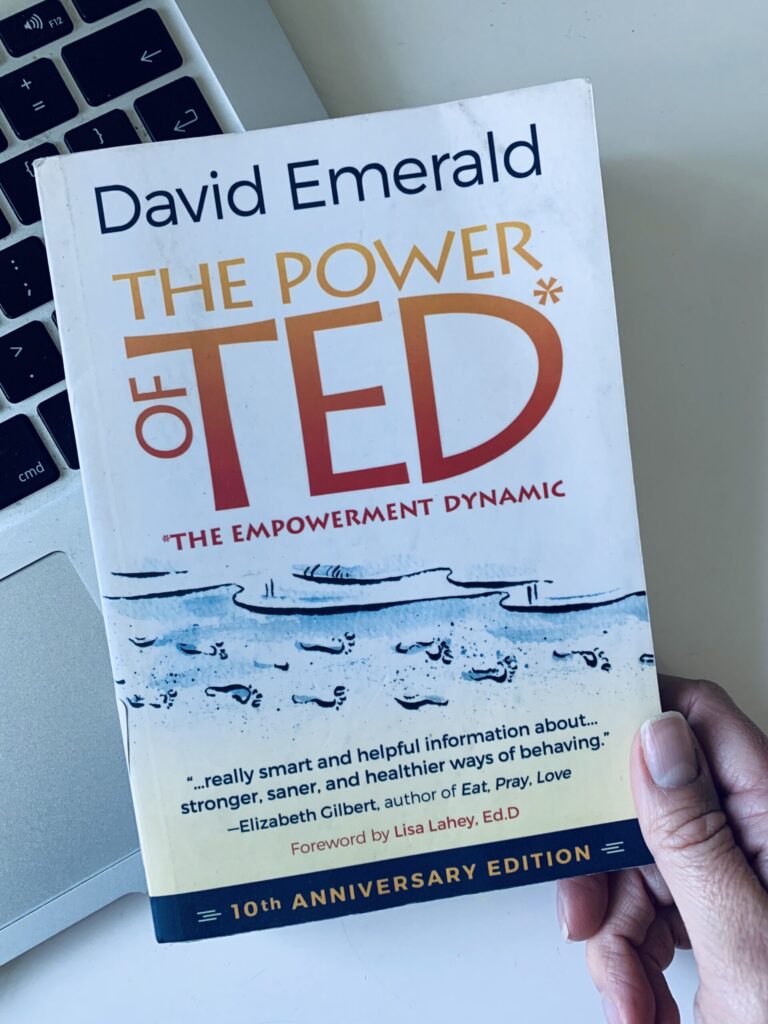Nobody likes tantrums. Neither do I. So whenever I’m reading a parenting book, I grasp every strategy that may potentially help me survive through these challenging moments.
One of my recent insights is that tapping into our child’s imagination can be a powerful tool for taming a tantrum. Let me introduce you to a Wish Fulfilment Strategy.
“Wish Fulfilment” Strategy
Many tantrums start when we can’t fulfill a child’s desire immediately. The pattern usually follows this scenario:
- They want something,
- We say “no” (just because we don’t have it now or we want to keep boundaries),
- They get swamped by big feelings (the emotional part of the brain takes over),
- Tantrum!
Now. We all know that tantrums are an inevitable part of childhood (more on that in our article 5 Truths to Remember During Tantrums). Our role as parents is to use these challenging moments as opportunities to help our children develop self-regulation skills.
When I was reading Laura Markham’s fantastic book Calm Parents, Happy Kids (check out our notes), I came across a simple strategy that can help us teach a child to use the power of imagination to self-regulate. Especially when his desire can’t be granted immediately. Big bonus for parents – this trick can actually prevent meltdowns! Here it is:
“When a desire can’t be granted, acknowledge it and grant it through “wish fulfilment”.
“It’s amazing how often you can get through an impasse by giving your child his wish via his imagination. Partly this is because it shows you really do care about what your child wants. But there’s another fascinating reason. Imagining that our wish is fulfilled actually satisfies us for the moment, meaning our brain actually looks satisfied on a brain scan! Giving your child his wish in imagination releases some of the urgency behind it so that he’s more open to alternatives.
“You wish you could have a cookie. I bet you could gobble ten cookies right now! Wouldn’t that be so yummy?!”
Then find a way to meet the deeper need: “I think you’re hungry. It’s almost time for dinner but you can’t wait. Let’s find a snack that makes your body feel better.””
I took a mental note of it and was excited to try it in action – another positive parenting tool for not-so-painful “NO”.
Well, I didn’t have to wait for too long. That afternoon, we went out with the boys for a little adventure outside. It was meant to be a short walk, so I didn’t pack any snacks.
I know. Who leaves home with three kids and no snacks?!
Anyway, after about half an hour of playing, Alex came over and said with a whining voice: “Mummy, I wanna eat something!” That was a great opportunity to use the trick:
“Oh Alex, you are hungry! I’m sorry, we don’t have any snacks. But close your eyes and imagine a big juicy steak…now take a big bite and think about how it fills your tummy.”
“Mmmm…yum-yum”, said Alex with his eyes closed and a huge smile. And off he went to play for another half an hour.
On the other day, our youngest son Aris, who just turned 3, demanded ice cream for dinner. Firstly I’ve tried “Yes-No-Yes Sandwich” strategy:
“Oh you love ice cream! I’m sorry, sweetheart, but you can’t have just ice cream for dinner. But you can have it tomorrow after breakfast.”
“Ice creeeeeaaaaem!”
“You wish you could have ice cream for dinner! Wouldn’t it be nice to have a whole plate of ice cream instead of stir-fry? Which flavour would you like? Chocolate and vanilla? Mmmmm…yum! I think you are hungry now! Now let’s imagine that your food on a plate turns into ice cream! igity-zagety-zigity-zoom! Quickly! Eat before it melts!”
That was it. We even turned water into apple juice! And whines into laughs 🙂
Isn’t it magic?
P.S.: I must admit it works for adults as well! Our mind is incredible!
Loads of love,
Irina



